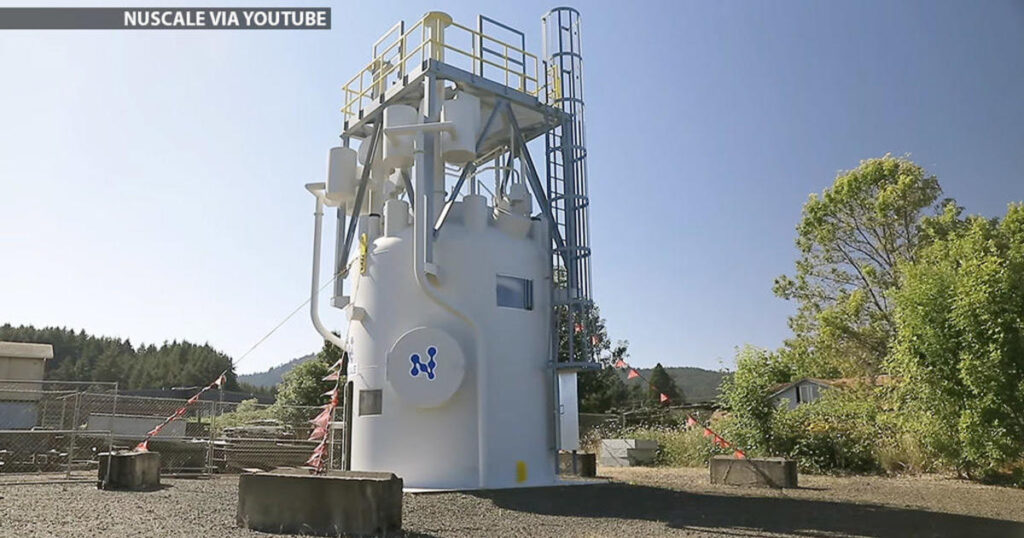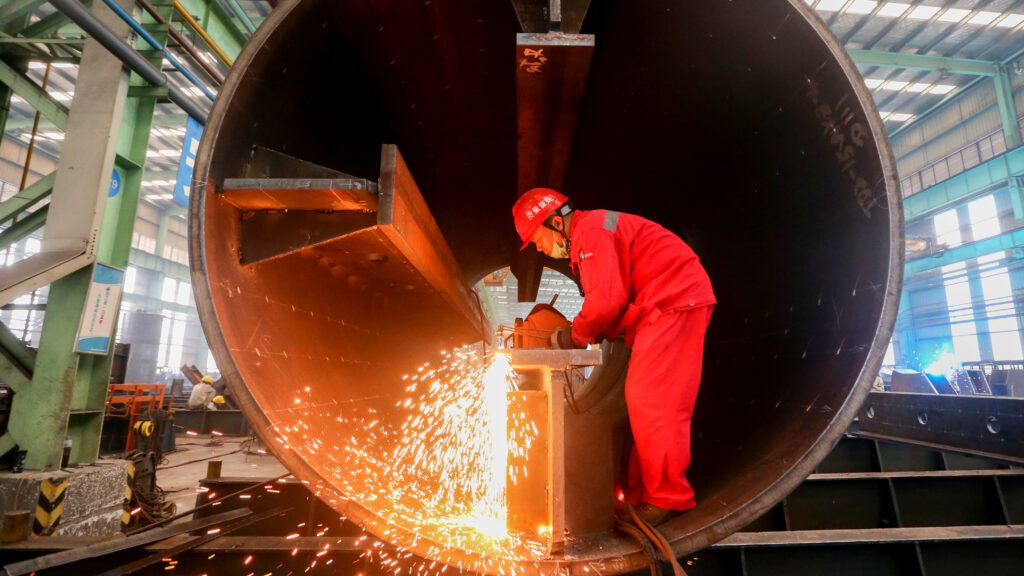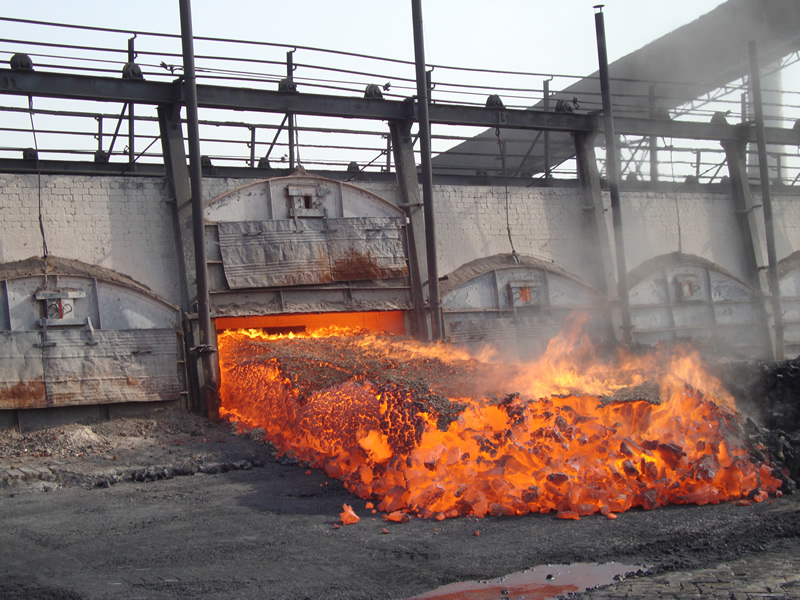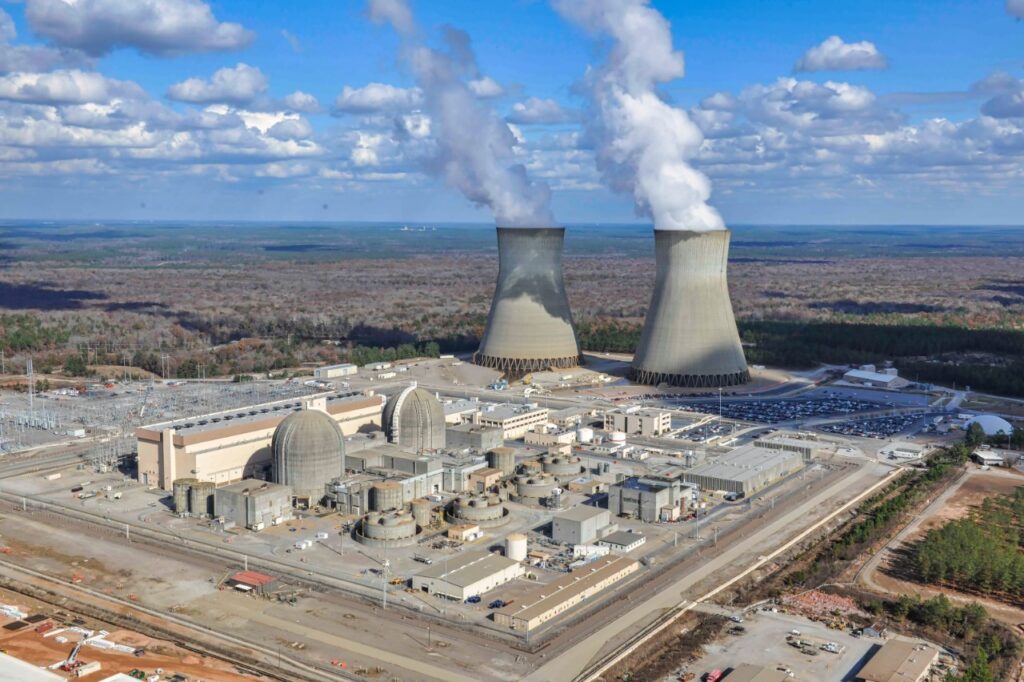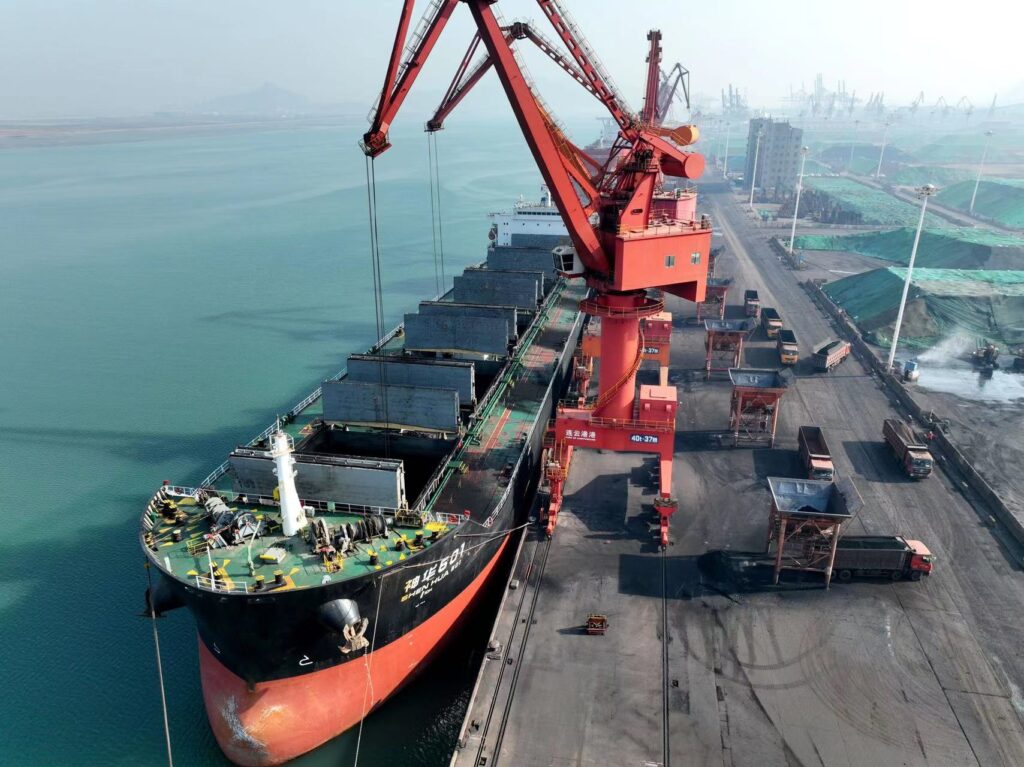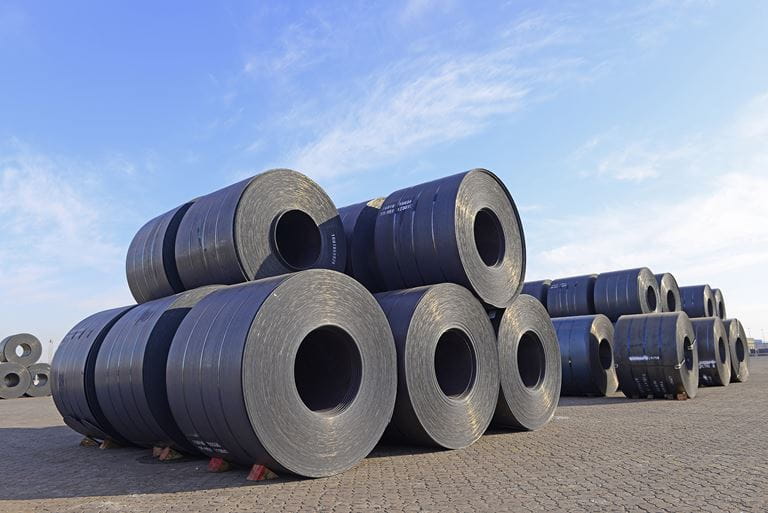Growing interest from heavy industry and a 25-nation agreement to triple nuclear power globally by 2050 are tailwinds as the first commercial SMR comes online in China.
Dive Brief:
- About 22 GW of small modular reactor projects representing $176 billion in potential investment are in the works across the world, up 65% from 2021, according to a new report from Wood Mackenzie.
- The U.S. has nearly 4 GW in announced SMR projects in addition to almost 3 GW in early development or pre-development stages, according to a graphic provided in the report. Poland and Canada come in second and third, with around 2 GW each in planned capacity.
- The vast majority of global SMR projects are not yet under construction, but the industry hit an important milestone last year with the activation of the world’s first commercial small modular reactor, a 200-MW high-temperature gas-cooled reactor in Shandong province, China. The world’s first water-cooled SMR is expected to come online in Hainan province, China, in 2026.
Dive Insight:
The SMR industry got a big boost in December when 25 countries pledged to triple nuclear power production globally by 2050. The declaration’s signatories included the United States, Canada, Poland, the United Kingdom and South Korea, which the Wood Mackenzie report says account for 58% of the “risked” global SMR pipeline. The “risked” SMR pipeline includes projects with contracts that can be terminated under certain circumstances, such as the subscription shortfall that doomed NuScale’s SMR agreement with Utah Associated Municipal Power Systems.
SMRs account for 30% of the global nuclear fleet in Wood Mackenzie’s global net zero scenario, said report author David Brown, director of Wood Mackenzie’s Energy Transition Service.
The nuclear sector’s brightening prospects caused uranium prices to double in the second half of 2023 and have sparked a flurry of new or expanded uranium mines in the United States. Energy Fuels opened three new mines in Arizona and Utah last year and plans to open two more in Colorado and Utah in 2025, targeting two million pounds of annual production in the near term and up to five million pounds per year in the longer term.
Rising demand for fissile material is also sparking concerns about the supply chain for the high assay low-enriched uranium, or HALEU, required by some advanced reactor designs. Earlier this year, the NRC approved the United States’ first commercial HALEU enrichment plant in Ohio, an important step in bypassing the Russian state-controlled enterprise that now provides much of the world’s supply.
SMR demand is increasingly driven not just by utilities but by power-hungry industrial and technology firms, including upstream oil and gas extractors, petrochemical processors and data centers, Brown said in an interview.
“Momentum in the SMR space reflects the challenge of the energy transition,” namely the need to provide increasing amounts of reliable power while decarbonizing its production, Brown said.
Some announced SMR projects, such as X-energy’s planned four-unit facility at Dow Chemical’s petrochemical plant in Seadrift, Texas, are co-located with industrial end-users to provide electricity and process heat. Industrial demand is an important factor in Poland, “which has a lot of carbon-intensive industry,” Brown said. Polish regulators recently approved plans to build up to 24 GE Hitachi BWRX-300 reactors at six sites across the country.
Oil and gas majors are also considering SMR technology at off-grid extraction sites that require massive amounts of reliable energy, Brown said. The Albertan government recently allocated $5 million to study the feasibility of SMR deployment in the province’s remote oil sands region, where diesel is the current fuel of choice for bitumen extraction.
Though industrial co-location and dedicated offtake agreements will be important for the industry, many SMRs will likely generate grid electricity, Brown said. The technology is an appealing source of firm, low-carbon power in colder countries with seasonal challenges for renewable energy production, such as Canada, he said.
By Brian Martucci
Source: UtilityDive

